Sewing Knits Without a Serger
Good morning, WeAllSew! Today, we’re going to discuss one of my favorite areas of fashion sewing: using knit fabrics. While these stretchy, draping fabrics can seem intimidating, sewing with knits is one of the most satisfying skills to conquer. Once you have the hang of working with them, you’ll be amazed by how quickly projects come together. A whole new dress in two hours? Absolutely possible.
Even better, you can sew knits with a traditional sewing machine. In fact, sewing stretch fabrics with my BERNINA 350 PE is my favorite method of construction, above and beyond a serger or overlocker. Using a traditional machine gives you more control with slippery fabrics, especially on details like hems and neckbands. There are just a few tips to keep in mind, when sewing knits with your favorite sewing machine.
Use a Ballpoint Needle
Stitch settings and needle choice make all the difference when sewing with knits. A regular needle isn’t shaped correctly for the looping fabric of a knit. It can cause skipped stitches, wavy seams, and even holes in your fabric. Yikes! To avoid such dreadful fates, choose a ballpoint needle for stretch fabrics. A ballpoint’s blunted tip dives into knits better than a traditional needle, scooting past and through the fabric’s tiny loops.
Loosen Up That Tension
As always, try out a few different tension strengths on a scrap of your garment fabric, before beginning the project. With most knit fabrics, you’ll find that you need to dial back the tension more than you would with wovens. Often, I sew knits somewhere between a one and a two on my B 350 PE.
This may sound too gentle, but knit fabrics cling well to one another and normally don’t shift around once pinned together. Sewing them with too taut a tension, however, will cause waving along your seamline. You can hope that a good pressing will sort you out, or…you can sew with the proper tension from the beginning and eliminate the problem altogether.
Befriend the Lightning Bolt
When sewing with knit fabrics, you (almost) never want to use a straight stitch. As the fabric stretches to accommodate the body, as it was meant to, those straight stitches won’t stretch along with it. Pop. Rip. There goes all your beautiful work! To prevent this, most people recommend sewing with a stitch that allows the fabric to retain its stretch, such as the classic Zig Zag stitch.
If you’re sewing with a BERNINA machine, you have an even better option: the Lightning Bolt stitch. This slanted, smaller version of the Zig Zag gives you the appearance of a straight stitch with the stretch capabilities of a Zig Zag. It won’t show from the right side of your fabric, as some Zig Zag stitches do, but won’t pop the first time you try that garment on.
Stabilize your Hems
One of the most frustrating parts of sewing with knits can be hemming them. Knit fabrics don’t crease well, making getting that exact press difficult, and tend to wave along hemlines. Luckily, there’s an easy fix for this: stabilize your hems! In all of my knit hems, especially dresses, I use a fusible knit webbing to turn up and stabilize the hem before sewing. This gives it more structure going into the machine and makes turning them hem a breeze. These webbings can be found on any notions aisle and come in a variety of weights, for everything from tissue knits to heavy pontes.
Use a Twin Needle for Top Stitching
If you look at most ready-to-wear knit garments, you’ll notice a double line of stitching on the hems and bands. In an industrial setting, this stitch is made with a special kind of stretch fabric machine called a coverstitch. However, it’s easy to mimic this finish with your traditional machine.
Sub out your regular needle for a twin needle, flip up your BERNINA’s handy second vertical spool pin, thread your needle, then start sewing. A regular straight stitch, when sewing with a twin needle, turns into a clean looking stretch stitch. You’ll have two beautiful top stitching lines on the front of your garment, with a Zig Zag of bobbin thread along the bottom. This gives a beautiful finish and allows the stitching to stretch with the fabric.
While I love my overlocker, I’d be happy to sew knits on a regular machine forever. These few simple changes make even the slipperiest fabrics a breeze to work with. Do you have any favorite tips for sewing knits with a traditional machine?
What you might also like
9 comments on “Sewing Knits Without a Serger”
-
-
I think you stated the problem very well. I have the same problem and would love to know the secret to a nice, flat, double needle hem. I have found some things that help, but I haven’t mastered this by any means. Keeping both needles completely on the stabilized hem has made the most difference for me. If one needle “hangs off” onto the main fabric I get the tunnel. I have also tried loosening my bobbin tension a bit with mixed results. Any other ideas out there?
-
Thank so much for the tip, I’ll try them next time I sew. If I find the miracle solution (that I’m inclined to be a coverstitch 🙁 ) I’ll let you know…I’m searching solutions online 🙂
-
-
-
Great tips, thank you!
-
I need help, how to hem vicose knit. I Have a dress with vicose knit lining. The lining shrunk in length and it is a see through dress. I need to add another piece of the vicose lining to the existing piece. How should I do this?
-
I could not refrain from commenting. Exceptionally well written! Please write something like How to Digitize for Embroidery.
-
I have a QE and when using a double needle for knit hems I get severe tunneling of the fabric and the stitch will not lay flat. I have used a stabilizer and loosened the needle tension to 0, lengthened the stitch, and I still get a tunneling of the fabric. The advice I was given was to loosen the bobbin tension which I have not done, mostly because I don’t want to mess it up.
It was suggested that I get an extra bobbin case, one for regular sewing and one set for double needle knits. My question is will loosening the bobbin tension allow this seam to lay flat?
-
I had the same problem as amed. Took machine to store for assistance, we tried many solutions, but they were stumped too. Please respond.
-
The questions asked are interesting ones, is Mary going to answer them? I’m waiting with baited breath
Leave a Reply
You must be logged in to post a comment.
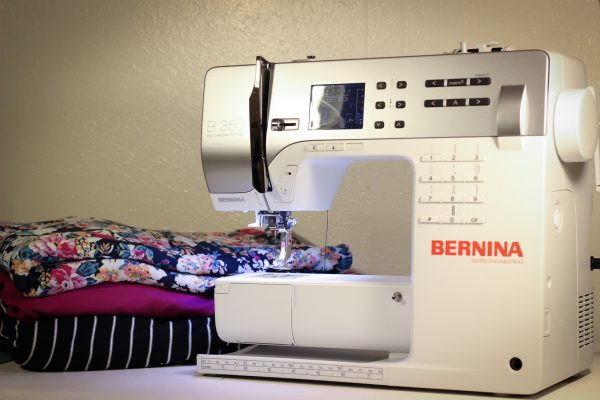
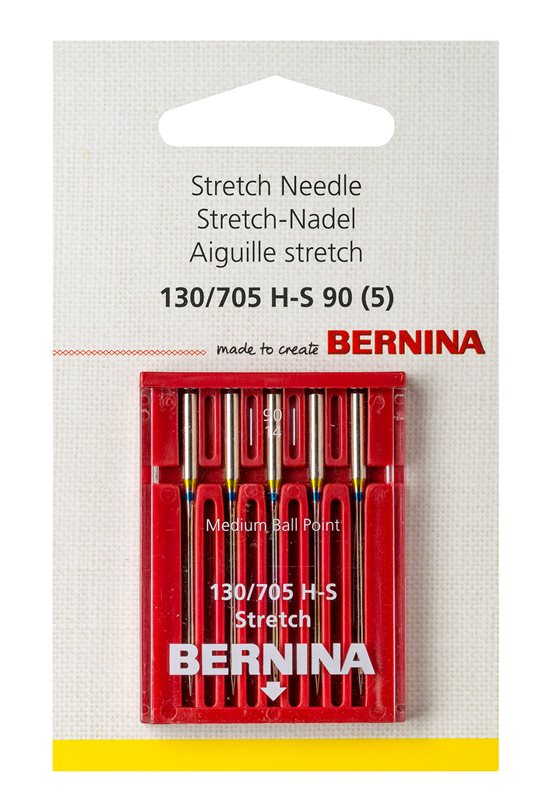
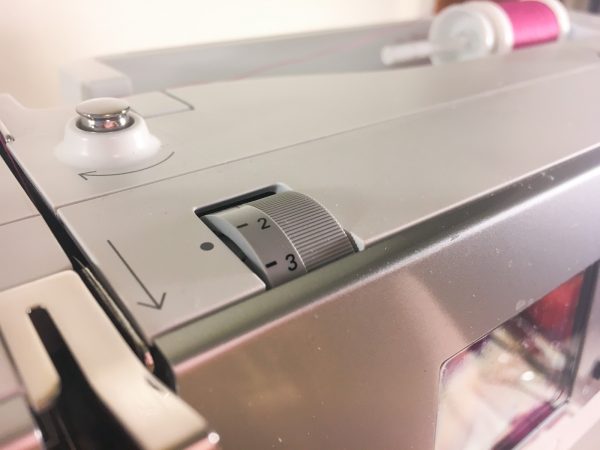
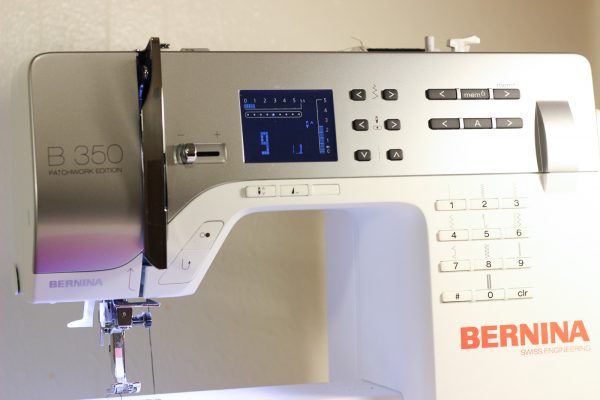
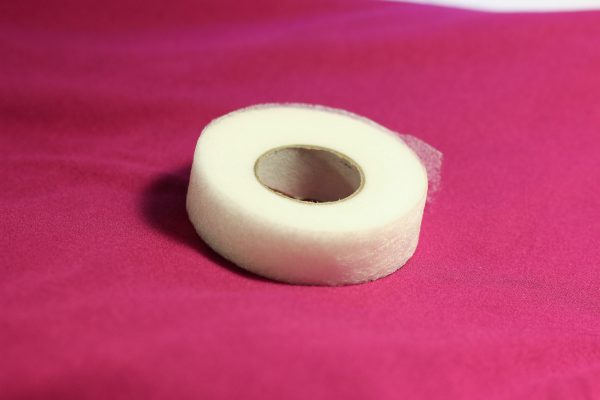
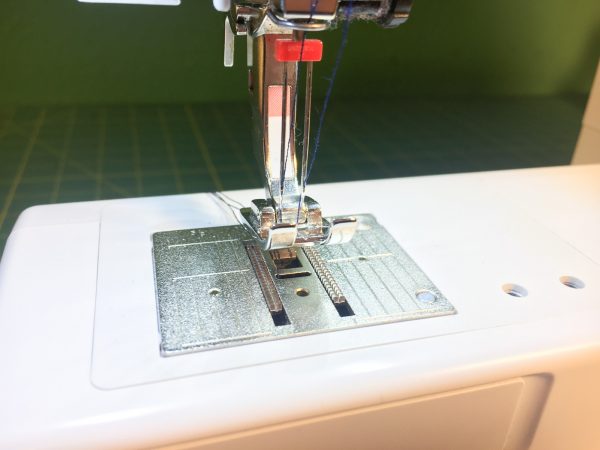
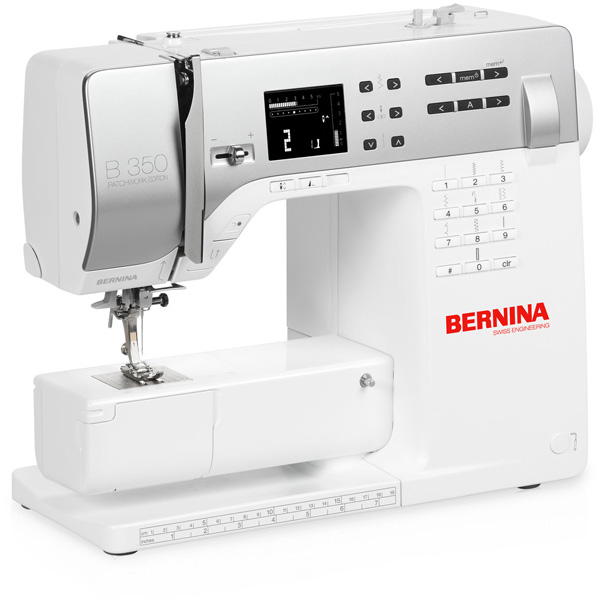
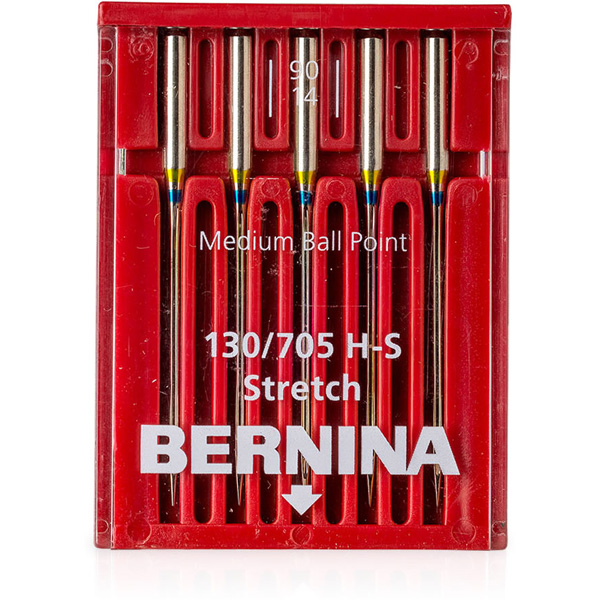
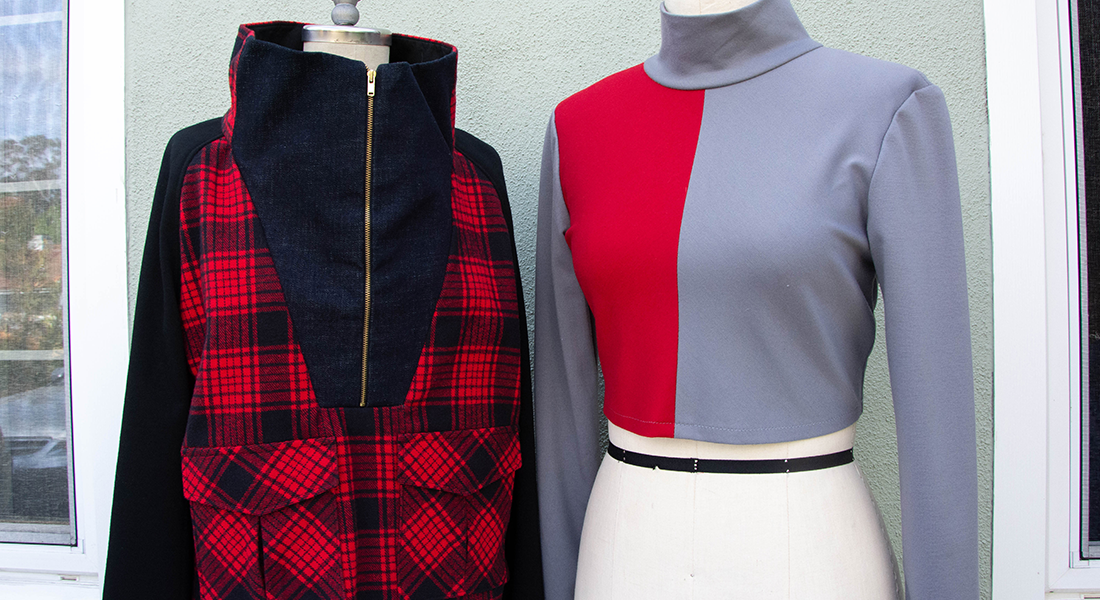
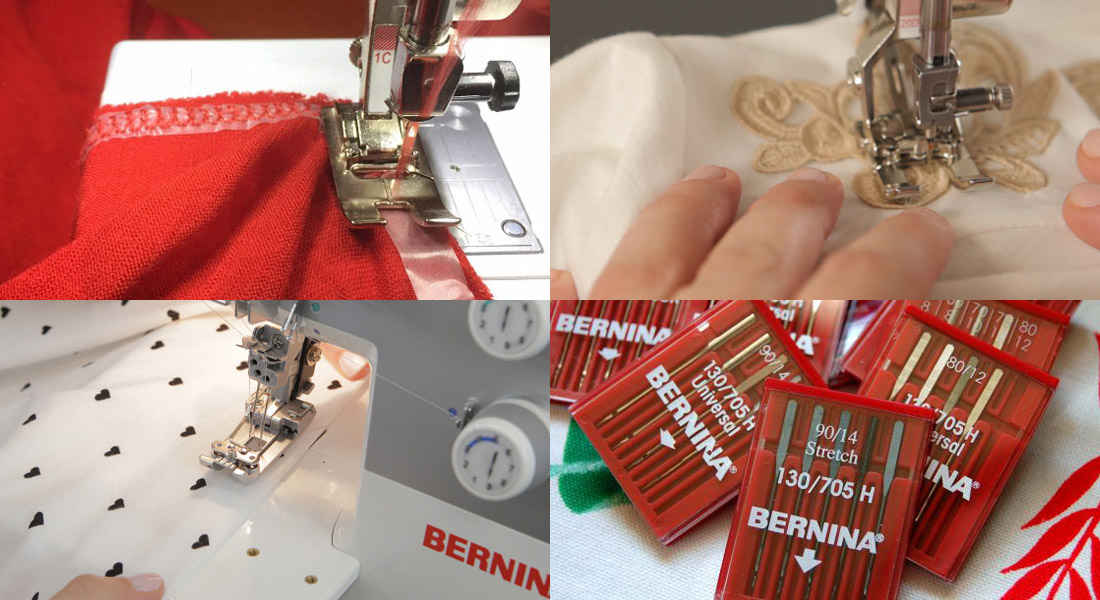
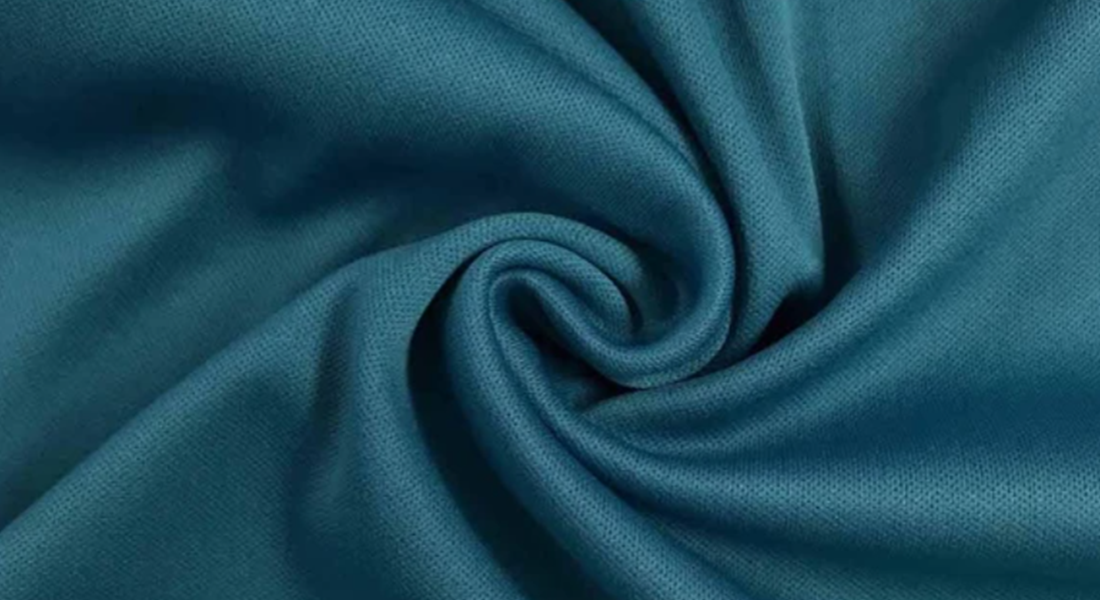
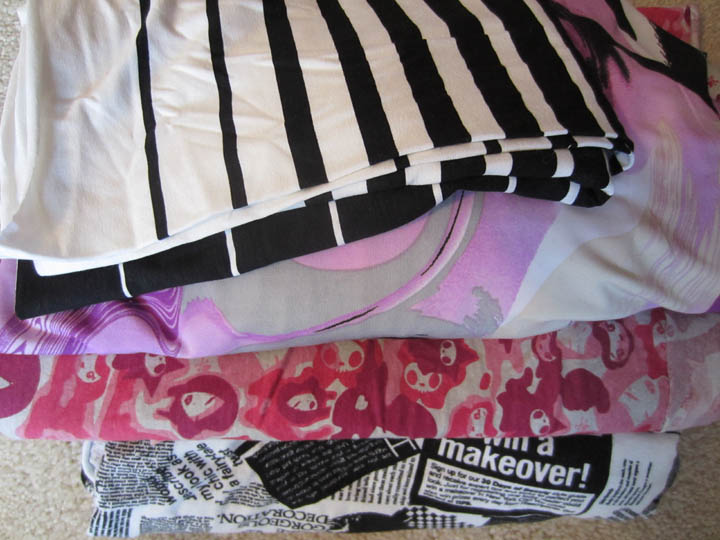
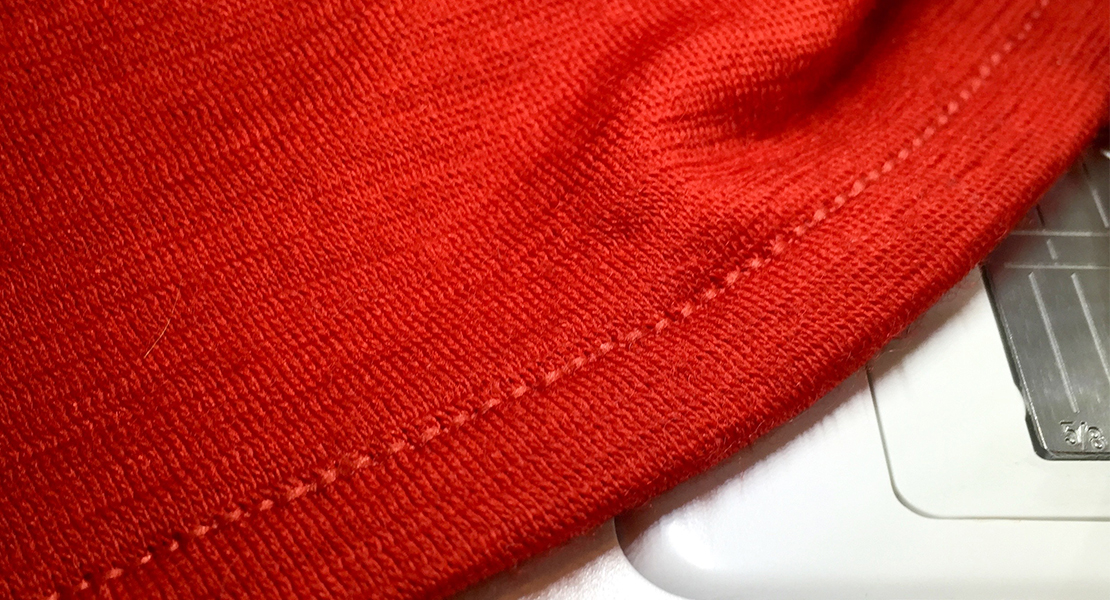
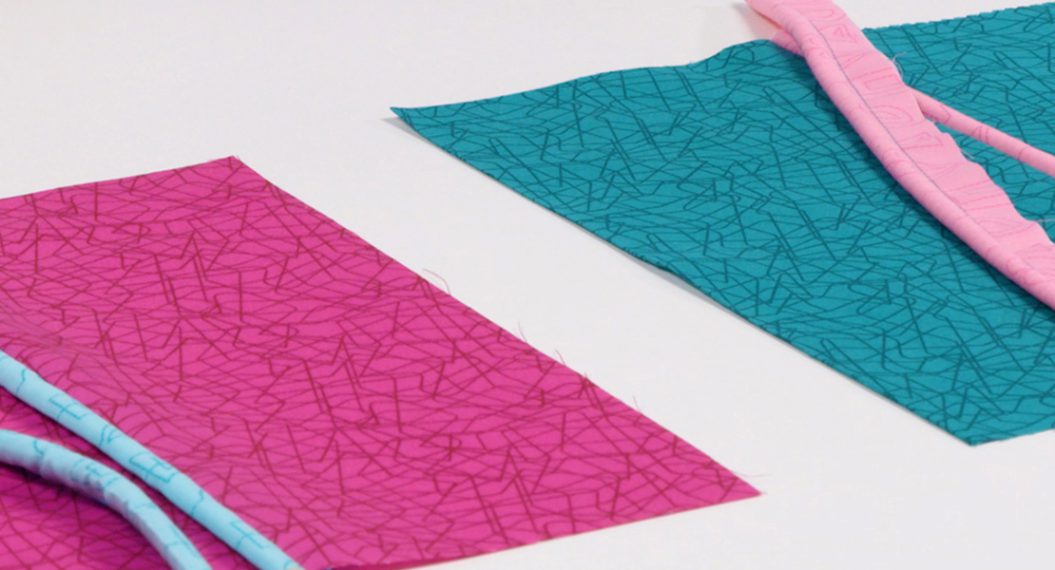
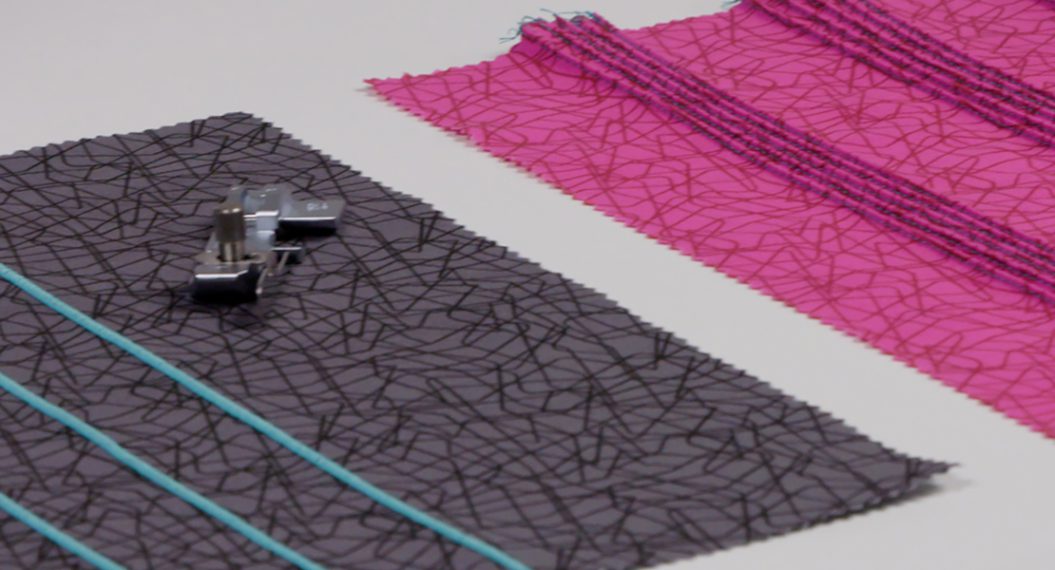
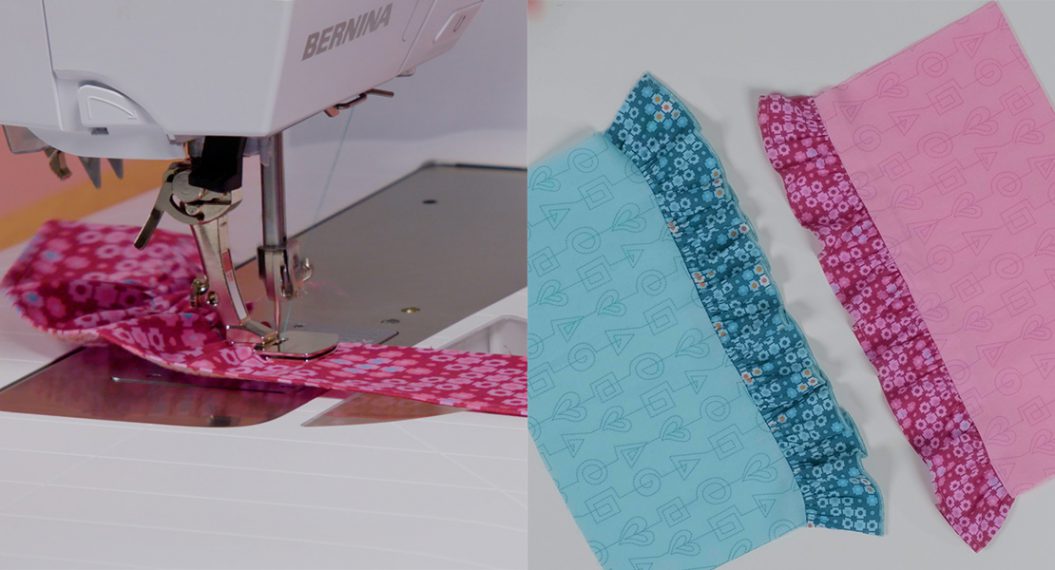
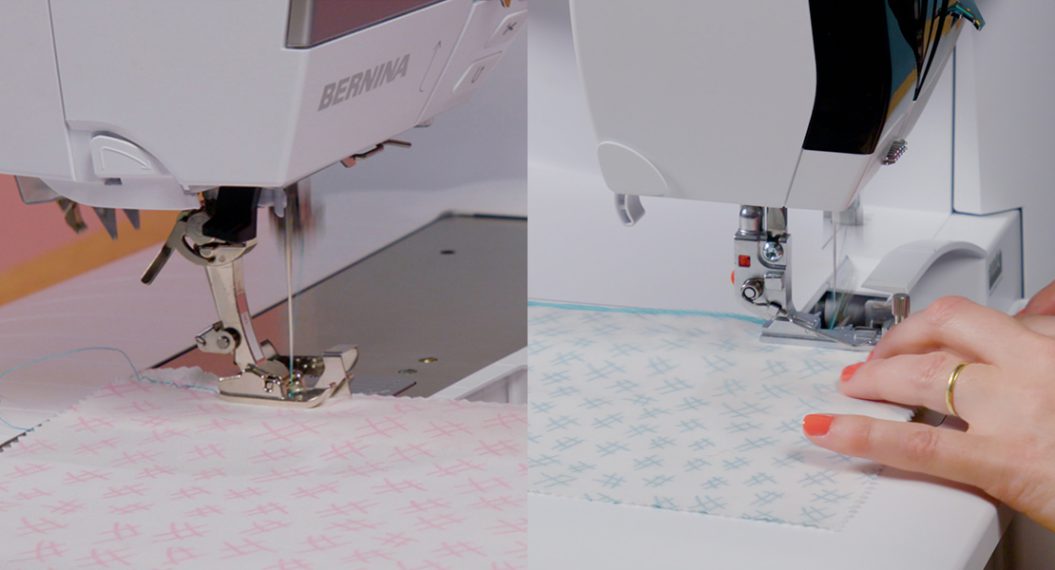

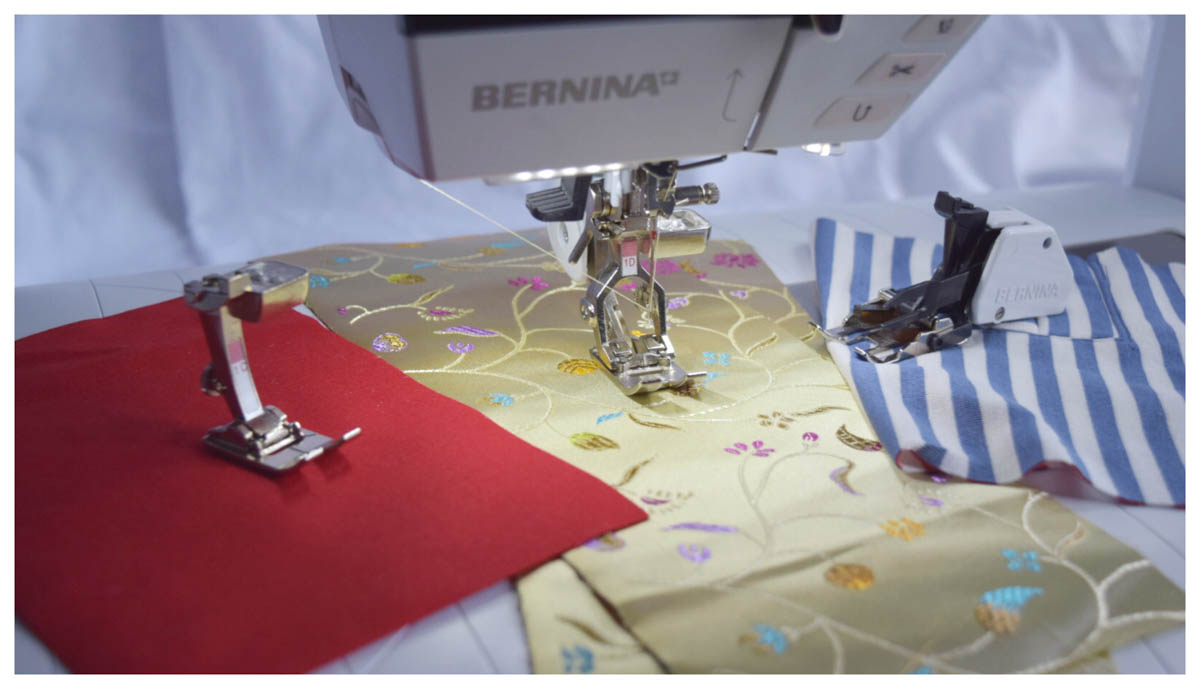

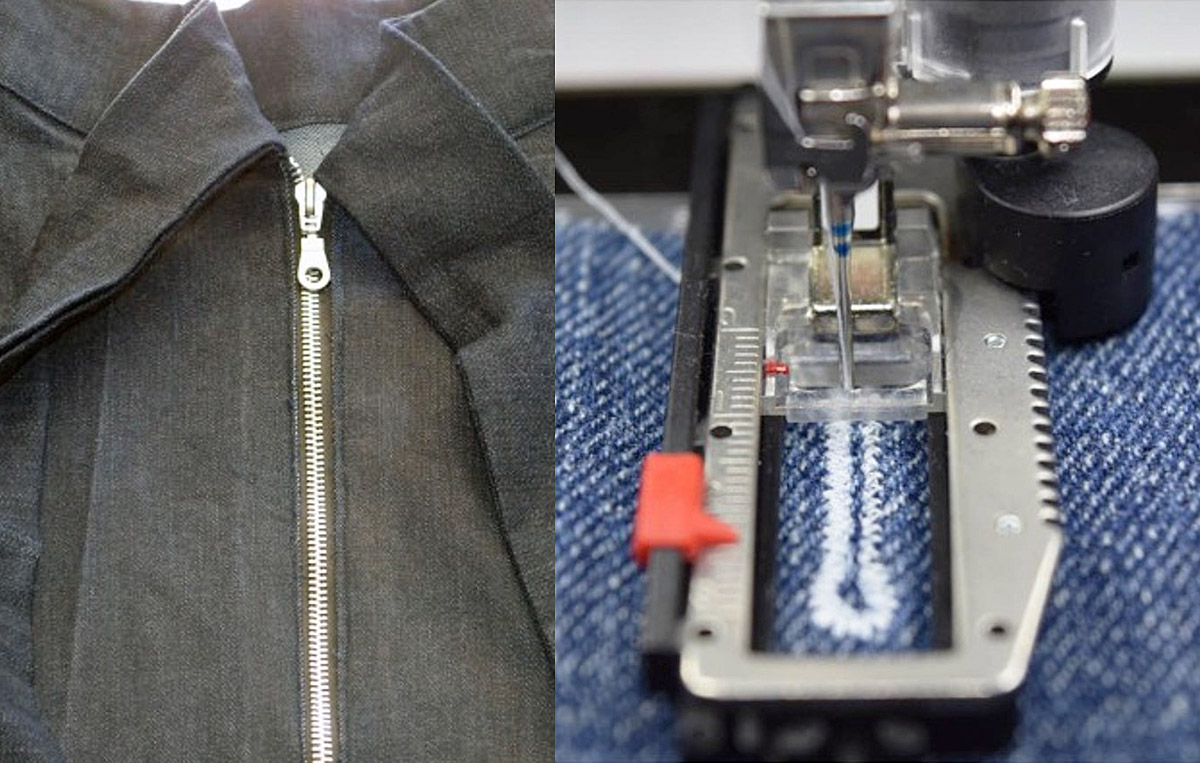
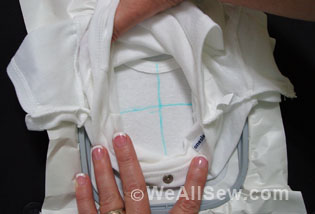
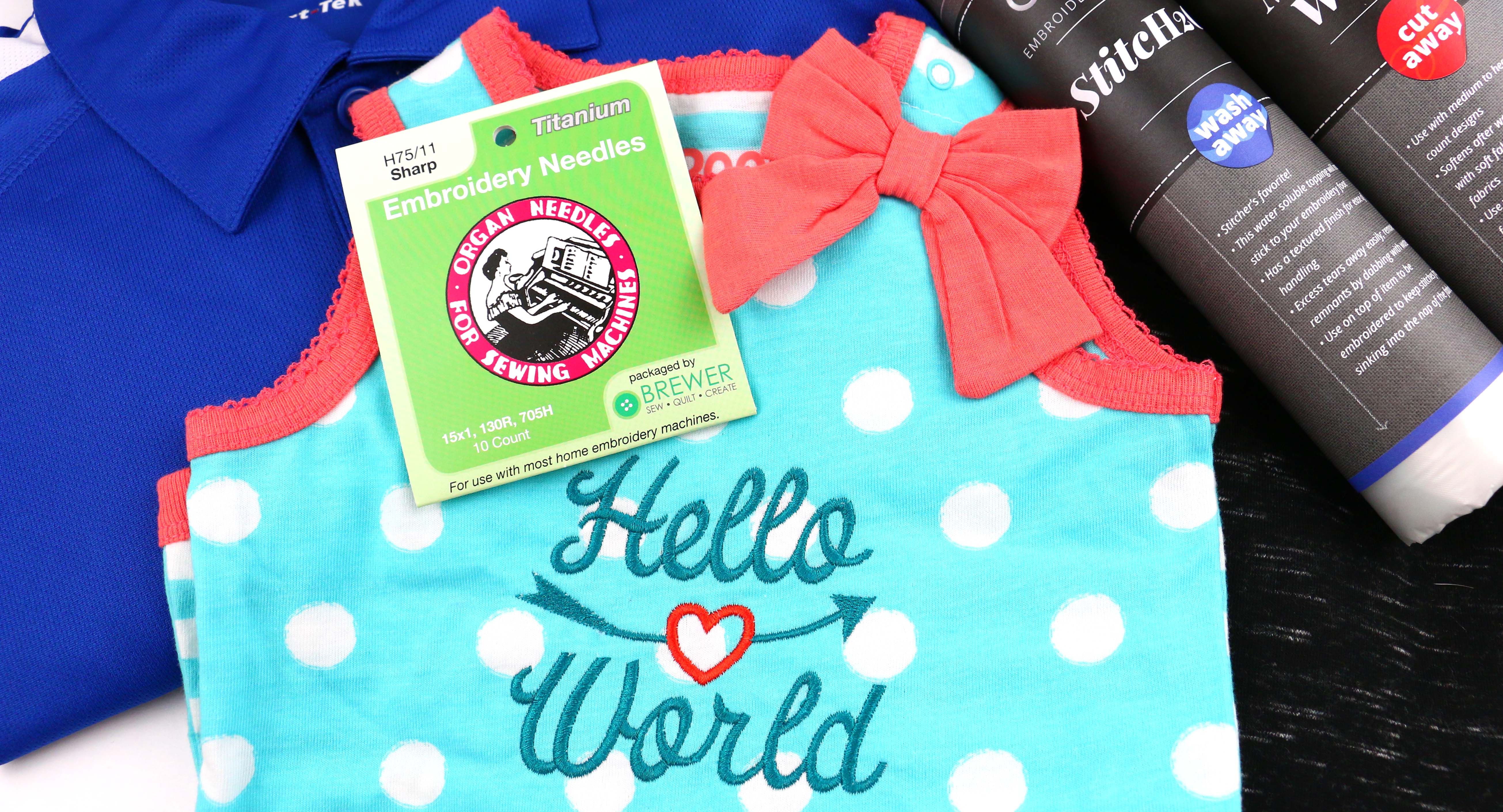
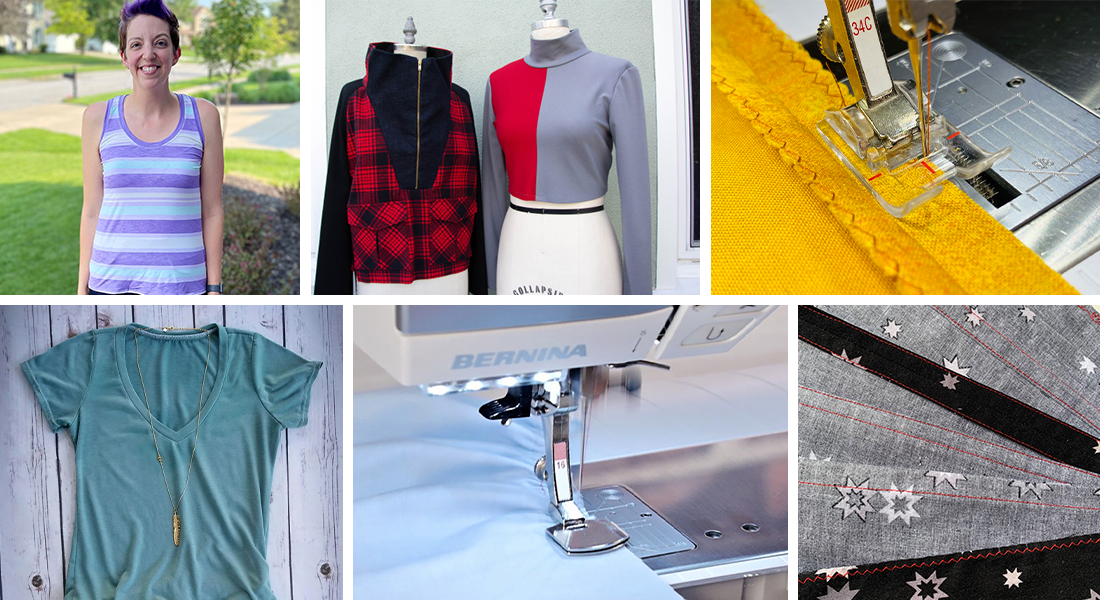
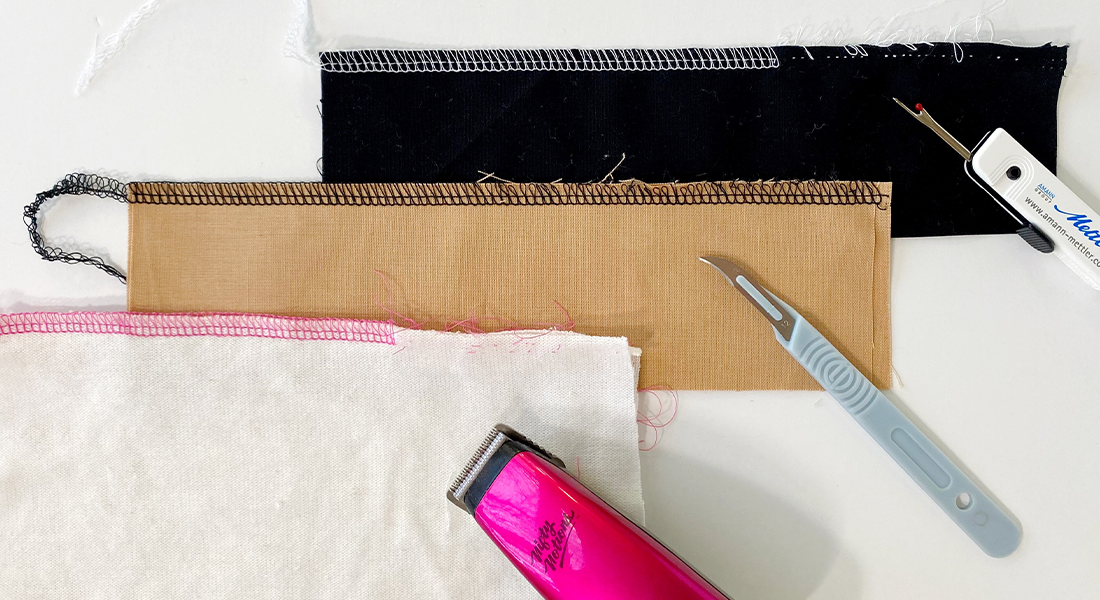
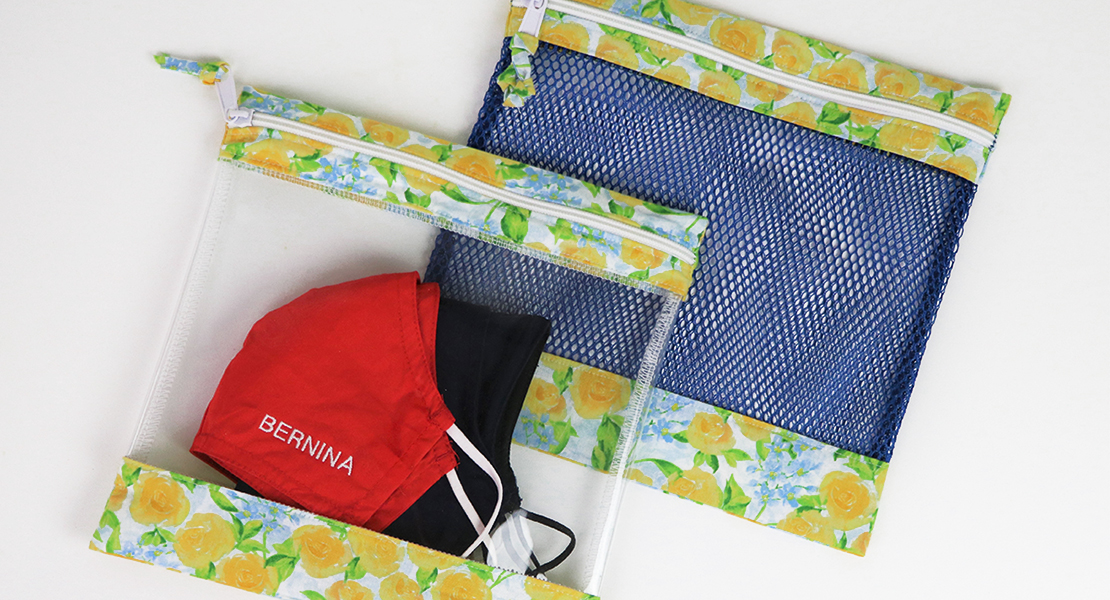

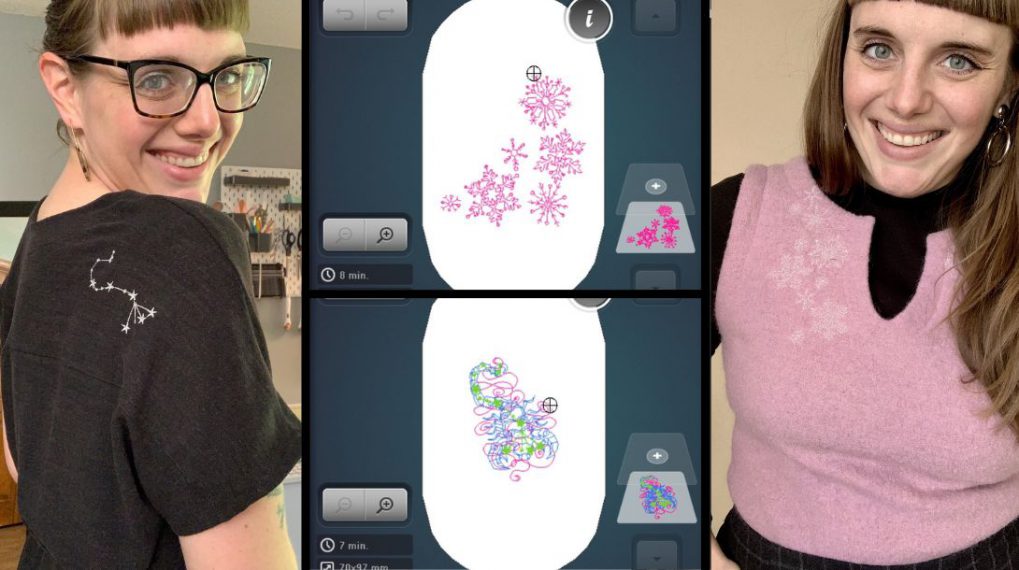

Thank you so much Mary for this excelente post! 🙂
I have a tip to share and a problem to ask for help.
First the tip, in very thin knits I use a water soluble stabiliser when hemming to avoid warping of the fabric.
But even with this tip, and this is me asking for help :), when using the twin needle I can’t get a flat line of stitches…the fabric bumps in the middle of the two lines of stitching. I don’t if I’m making any sense…but english is not my main language so it’s hard do explain 😐
Thank you so much!
Ana